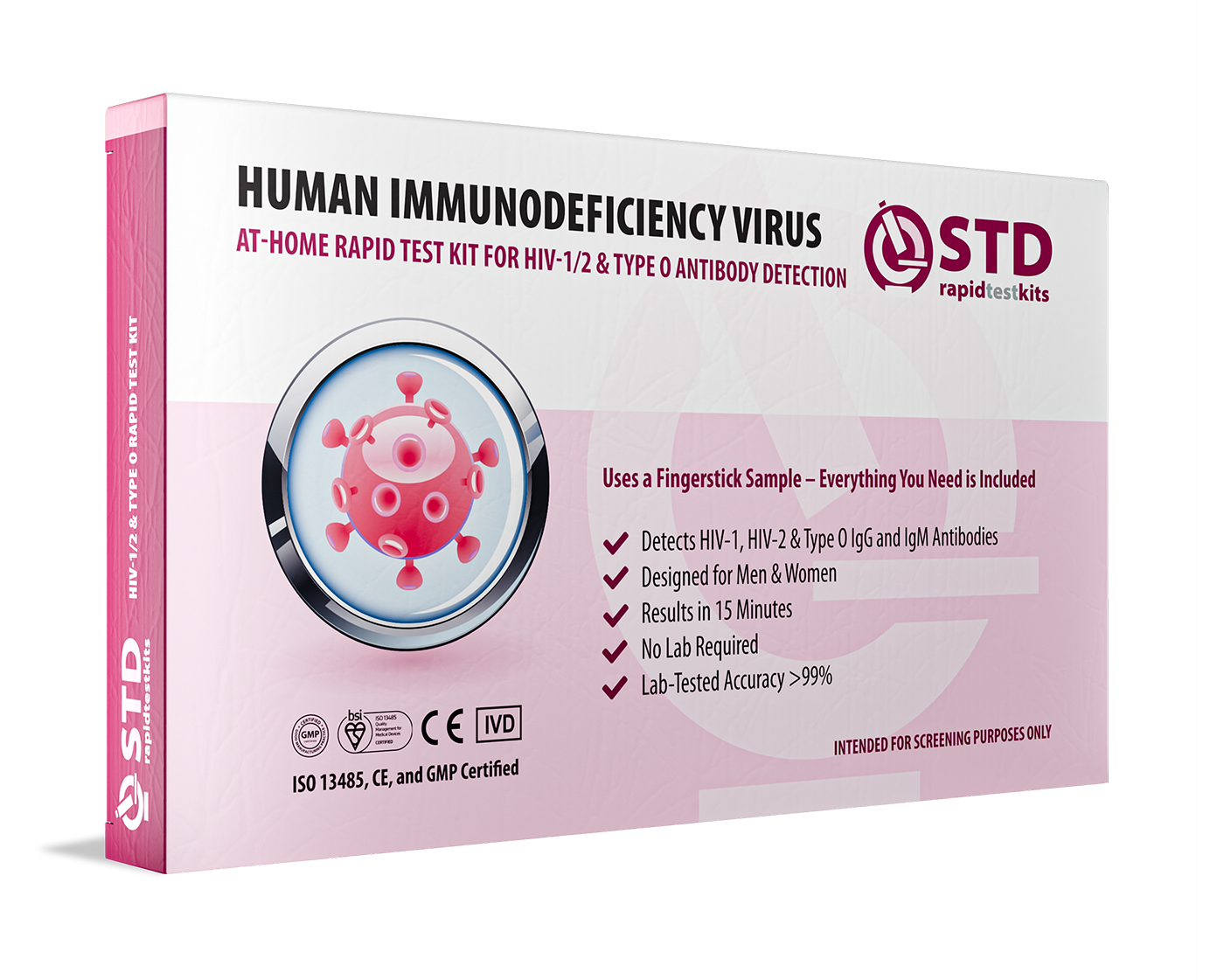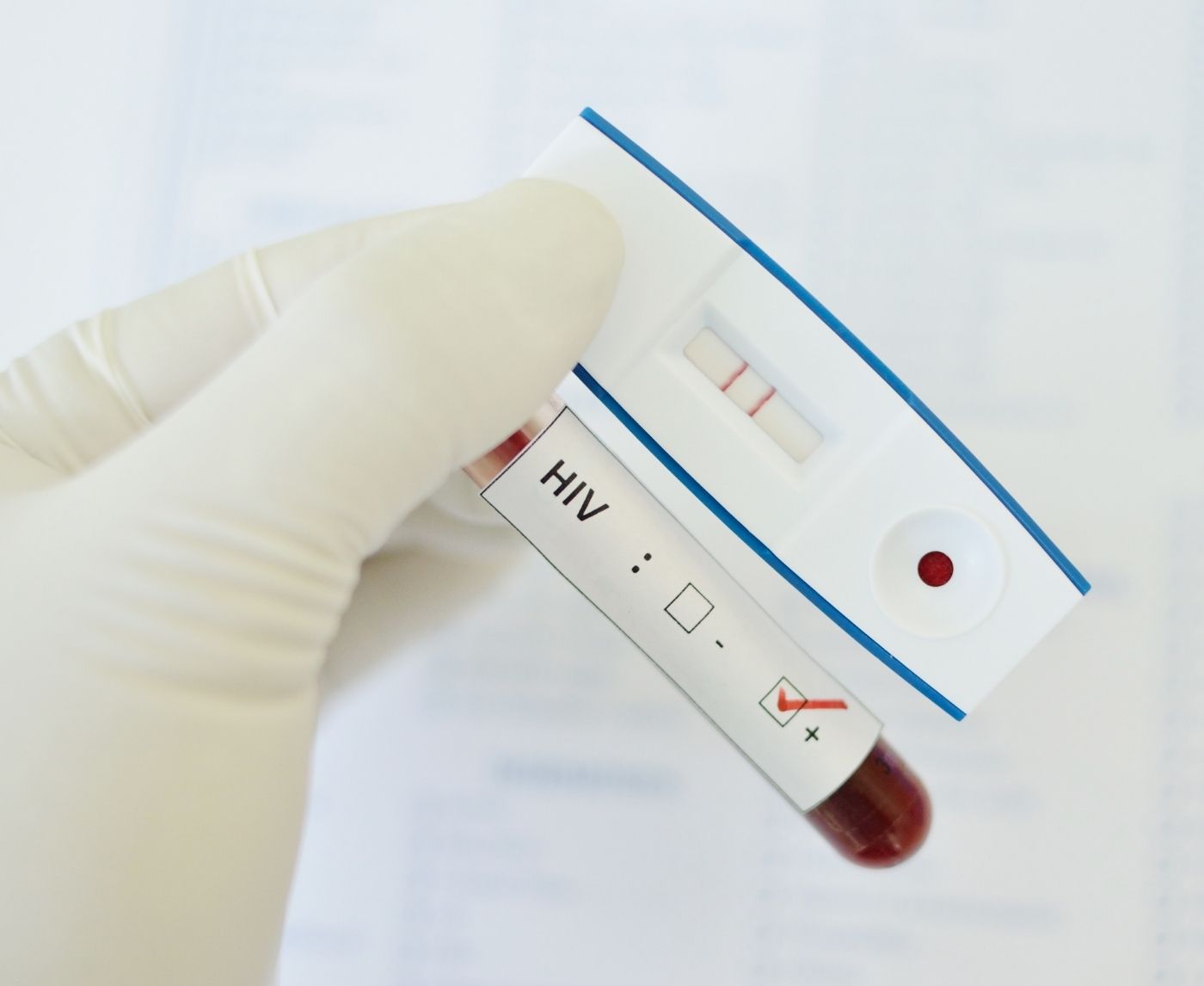The Game-Changing Impact of Home STD Tests on Sexual Health
HIV/STD Interaction and Its Consequences
HIV and sexually transmitted diseases share not only discourse but also enhance the dangers of one another. This is how it happens:
- Transmission Risks: Sexually transmitted diseases (STDs) including herpes, gonorrhea, and syphilis cause sores or inflammation that break down the body's natural defense barriers, providing easier transmission to infections like HIV into the circulation.
- Behavioral Risks: Most of the sexually transmitted diseases (STDs) and human immunodeficiency virus (HIV) infections are found in individuals who practice unsafe sexual behavior that puts them at a high risk for both infections.
- Immune System Effects: In an individual who has co-infected with another sexually transmitted disease (STD), HIV infection can progress more rapidly.
For instance, studies show that syphilis increases the risk of HIV infection threefold. Identification of such risks and the unquestionable biological relationship between them marks the first reasonable step towards being able to prevent them.

Reasons for Early Testing and Identification of Problems
Besides aiding early identification of infection, regular testing for STDs plays a critical role in the struggle against HIV infection.
- Locating Potential Dangers: Rapid response is required when testing reveals sexually transmitted diseases (STDs) that may increase vulnerability to HIV.
- Motivating Care: Minimizing damage to mucosal surfaces with early STD therapy reduces the chance of co-infection.
- Lessening the Spread: You may better protect yourself and those around you by making educated judgments when you know your status.
Buying a home STD test kit gives you the freedom to decide how you want to handle your sexual health in a private and convenient setting.
Critical Approaches to Prevention
There has to be a multipronged strategy to prevent STDs and HIV:
- Wear Condoms: Without fail, condoms considerably reduce the risk of sexually transmitted diseases (STDs), including HIV.
- Vaccinate Yourself: One way to lower your chance of becoming HIV is to get a vaccine, such as the HPV vaccine.
- Stay Monogamous or Choose Your Partners Wisely: A lower risk of infection can be achieved with fewer partners.
- Regular Testing: The foundation of prevention, particularly for sexually active people, is regular testing. A convenient way to keep to a testing regimen is with at-home test kits.
- Instruction and Expression: The practice of open discussions of sexual health with partners encourages safer and better-informed behavior.
The success of using different strategies is illustrated through case studies. For instance, the rate of new infections has declined significantly when there is a combination of testing for STDs with the provision of HIV education and distribution of condoms to at-risk populations.
Order Now $33.99 $49.00 Check Your STD Status in Minutes
Test at Home with Remedium
HIV Rapid Test Kit




Applied Knowledge: Case Studies
- Sub-Saharan Africa Study: One such study in sub-Saharan Africa indicated that when the methods of preventing HIV were applied along with the standard treatment of STD, the virus transmission rates were reduced by 40%. This shows how absolutely crucial it is to take a comprehensive approach.
- Community Clinic in the U.S.: There was also a case of a free at-home STD test kit distributed by a community clinic in the United States. Due to the program, an added 30% of individuals tested for STDs and some undetected cases of HIV were found.
These are just some of the cases that prove how accessible health treatments can help reduce the spread of HIV and other sexually transmitted diseases.

FAQs
1.- How much do STDs increase the risk for HIV?
Sexually transmitted diseases (STDs) like herpes, gonorrhea, and syphilis are all characterized by sores or inflammation through which HIV can enter the body more easily. The patient's immune system is already weakened following an infection. Thus, he or she becomes more prone to the disease.
2.- Can one have the two possible co-infections, an STD and HIV?
Indeed, co-infections certainly do occur. Having an STD can increase your chances of getting HIV, and having HIV can make some STDs worse.
3.- How often should I get tested for HIV/STDs?
Sexually active people should get tested at least once a year, but particularly those with multiple sex partners. Higher-risk individuals may want to test more often.
4.- How accurate are home STD testing kits?
When taken correctly, the overwhelming majority of home STD testing kits provide very accurate results. They are discreet, easy to use, and effective against a wide range of common illnesses.
5.- Do condoms protect against all sexually transmitted diseases (STDs) and HIV?
Yes, they do. Condoms can greatly reduce the risk of HIV and many STDs. However, it is very important to note that condoms do not provide complete protection against all STDs, such as herpes or HPV, which can be spread by skin-to-skin contact.
6.- Can a person have an STD and HIV infection at the same time?
Possible symptoms include lymph node enlargement, fever, unusual discharge, blisters, rashes, and fatigue. Testing is required quite frequently because some co-infections can be asymptomatic.
7.- Can untreated STDs make HIV worse?
Yes, untreated STDs can cause overworking of the immune system and raise the viral load; this, in turn, accelerates the course of HIV.
8.- Can I safely test for HIV and other STDs at home?
Undoubtedly. The safety and ease of using at-home test kits is paramount, with detailed instructions and, in most cases, a way to get in touch with a specialist for more help if needed.
9.- If my HIV or STD test comes back positive, what am I to do?
Seek medical attention immediately. Antiretroviral treatment (ART) is a tool for living with HIV. Antivirals and antibiotics are generally effective treatments for sexually transmitted infections.
10.- If I feel fine, why should I continue to get tested regularly?
In most instances, a person with HIV or other sexually transmitted diseases might have no symptoms. Consistent testing lowers the risk of transmission and consequences by early detection and treatment.

Take Action Now: Maintain a Healthy Sexual Life
Being proactive about your sexual health doesn't have to be complicated. You can easily screen for infections in the privacy of your own home with our at-home STD test kits and take charge with educated decisions.
The best protection against this double whammy of sexually transmitted diseases and HIV is an early diagnosis, so do not wait any longer. Start to live a better and safer life right now by browsing our selection of test kits.
Sources
1.- The Overlap Between STDs and HIV
3.- HIV and Sexually Transmitted Diseases
4.- STD and HIV Risks in Public Health










